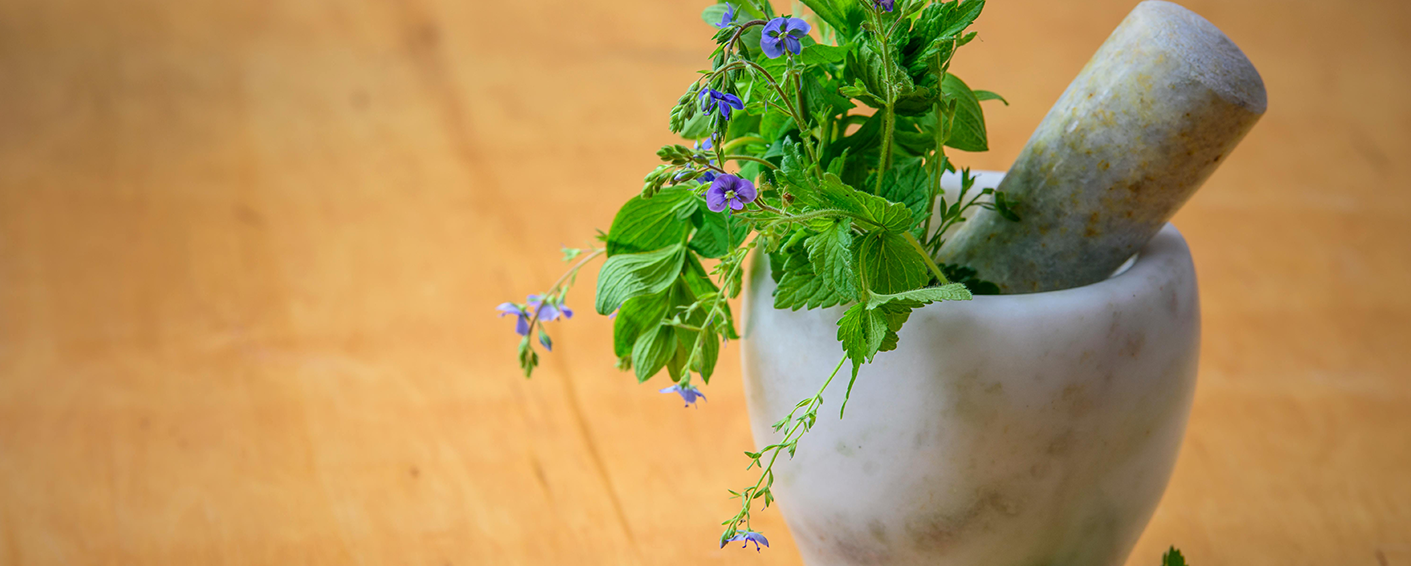Harness the Power of Herbs for Added Scent and Symbolism in Floral Arrangements
Incorporating herbs into floral arrangements is a wonderful way to add depth, fragrance, and meaning to your designs. From the fresh, earthy scent of rosemary to the calming, floral aroma of lavender, herbs add a unique sensory experience that goes beyond just their beauty. Many herbs also carry symbolism that can add an extra layer of thoughtfulness to your arrangements, making them perfect for gift bouquets, special events, or home decor.
Let’s dive into the benefits and creative ways to use herbs like rosemary, lavender, and mint in your floral designs.
Rosemary, for Remembrance and Warmth
Rosemary has been a symbol of remembrance for centuries, making it a meaningful addition to arrangements meant to honor someone special. Its scent is strong and earthy, which adds a comforting, grounding quality to any bouquet. The rich green color of rosemary sprigs also provides contrast against brighter blooms, helping to create a visually balanced design.
For an elegant arrangement, try pairing rosemary with flowers like roses or lilies, which have soft, large petals that balance rosemary’s linear, needle-like texture. Adding rosemary to wedding arrangements or memorial bouquets can carry a special meaning, offering a reminder of cherished memories and lasting bonds.
Lavender for Calm and Grace
Lavender’s calming properties are well-known, and its delicate purple blossoms add a touch of elegance to any floral design. Symbolizing calm, purity, and grace, lavender is perfect for arrangements intended to bring a sense of peace and tranquility.
Incorporate lavender into floral arrangements by mixing it with blooms in soft pastel shades like blush pink, cream, or lavender itself. Flowers like peonies, garden roses, and lilacs work beautifully with lavender’s dainty buds and silver-green stems. Not only does lavender add texture and color, but its soothing fragrance can create a relaxing atmosphere, making it ideal for bedside or bathroom arrangements.
For special occasions, consider creating a simple yet stunning lavender bundle as part of a centerpiece, especially for events like bridal showers or baby showers. Lavender is also great in dried form, which extends its beauty and aroma beyond fresh arrangements.
Mint for Freshness and Energy
Mint brings a refreshing, invigorating scent that lifts the mood of any arrangement. Symbolizing hospitality and good health, mint is a thoughtful choice for bouquets meant to convey warm wishes or celebrate new beginnings. Its bright green leaves add texture and lushness, making it a lovely complement to both bold and soft-colored flowers.
Mint’s versatility allows it to pair well with almost any type of flower. For a bold summer look, try pairing mint with vibrant sunflowers, zinnias, or dahlias. If you’re aiming for a softer palette, mint pairs beautifully with white, blush, or pastel blooms. Its lush greenery and ruffled leaves can add volume, making arrangements appear fuller and more abundant.
Mint is particularly useful for arrangements displayed in kitchens or dining areas, as its scent naturally complements the ambiance of food and drink spaces. It can also be used fresh or dried, depending on the desired effect.
Mixing Herbs for Layered Scents and Symbolism
Each herb carries its fragrance and symbolism, so mixing herbs can add complexity and create unique arrangements. A combination of rosemary, lavender, and mint offers layers of scent that evolve and add a multi-sensory dimension to your floral designs. Consider creating small bundles of herbs, either tied together or spaced evenly within the arrangement, to ensure the scent is diffused throughout.
When mixing herbs with flowers, balance is key. For example, avoid pairing too many strongly scented flowers with a mix of herbs, as this may create an overwhelming effect. Instead, choose flowers with mild or complementary scents, such as roses or tulips, to let the herbs shine.
Creating Textural Interest with Herbs
Herbs add visual texture that complements flowers in a way that typical foliage doesn’t always achieve. Their varied leaf shapes and hues bring a wild, organic touch to floral designs. Rosemary’s spiky, thin leaves, lavender’s delicate blossoms, and mint’s lush, rounded leaves all offer unique shapes that can enhance your arrangement’s depth and dimension.
Try layering herbs with smaller blooms, like baby’s breath or waxflowers, to create a beautiful background for larger flowers. Alternatively, for a minimalist, elegant design, use herbs as the main focus of the arrangement and pair them with a few neutral or single-tone flowers.
Working with Seasonal Herbs for a Sustainable Touch
Seasonality is an essential part of working with herbs, especially if you want to use local, fresh elements. In spring, fresh mint and young lavender sprigs are available in abundance, while rosemary thrives in both warmer and cooler months, making it a versatile choice year-round.
Sourcing seasonal herbs not only supports sustainability but also helps create arrangements that feel naturally connected to the time of year. Seasonal herbs are usually more aromatic, adding an extra freshness to your arrangements that off-season imports might not offer.
Tips for Adding Herbs to Your Arrangements
- Use Small Bundles: To keep the scent evenly dispersed, try creating small bundles of herbs and placing them strategically throughout the arrangement. This technique allows the fragrance to be more evenly distributed without overpowering the bouquet.
- Add Herbs Near the Top: Placing herbs near the top of your arrangement helps release their fragrance more effectively and keeps them visible.
- Balance with Flowers: Use herbs sparingly with flowers to avoid overcrowding. A few sprigs are usually enough to achieve a fresh, aromatic effect.
- Consider Placement: Arrangements with herbs are ideal for spaces where their scent can be appreciated, like entryways, dining tables, or bathrooms. Avoid placing them too close to foods with strong flavors, as some herbs may interfere with food aromas.
Herbs like rosemary, lavender, and mint bring more than just fragrance to floral arrangements—they add texture, symbolism, and a touch of nature’s charm. Whether you’re creating a bouquet to celebrate, comfort, or inspire, herbs can enhance the experience and make your arrangements memorable. Embrace the beauty of these versatile plants and experiment with different combinations to find unique pairings that speak to the mood and message of each bouquet.
By incorporating herbs into your floral designs, you can transform ordinary bouquets into multi-sensory experiences that captivate the senses and delight the soul.




